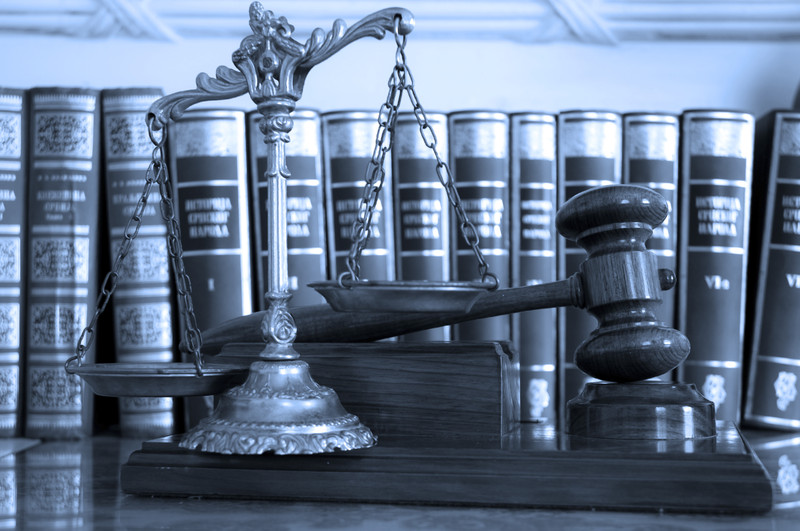QR (quick response) codes are the black-and-white barcodes resembling boxes full of squiggles, squares and dots that have become ubiquitous on many forms of advertising. Invented in 1994 by engineers at the Japanese company Denso Wave, a Toyota parts supplier, as a means of tracking those parts, QR codes became more widespread in the 2010s as companies started using them to provide users with access to a wide range of services, including restaurant ordering, electronic payments and gaming.
NAPCO Conference 2024
Exhibitor and Sponsorship Information is now available!
Read more →

